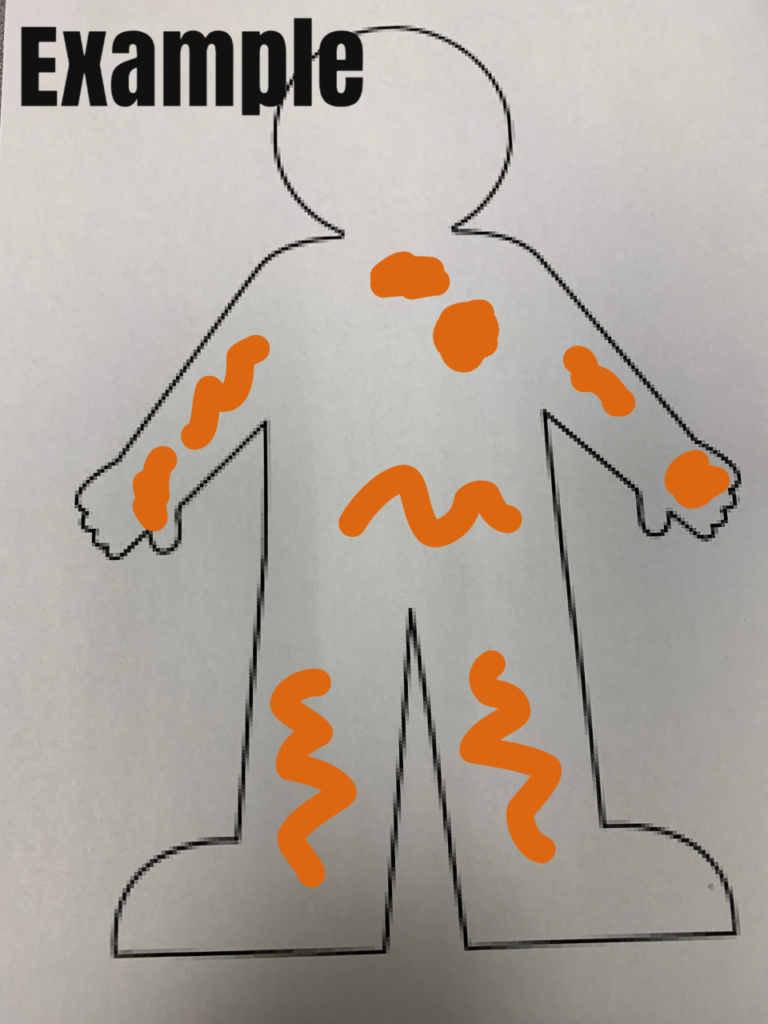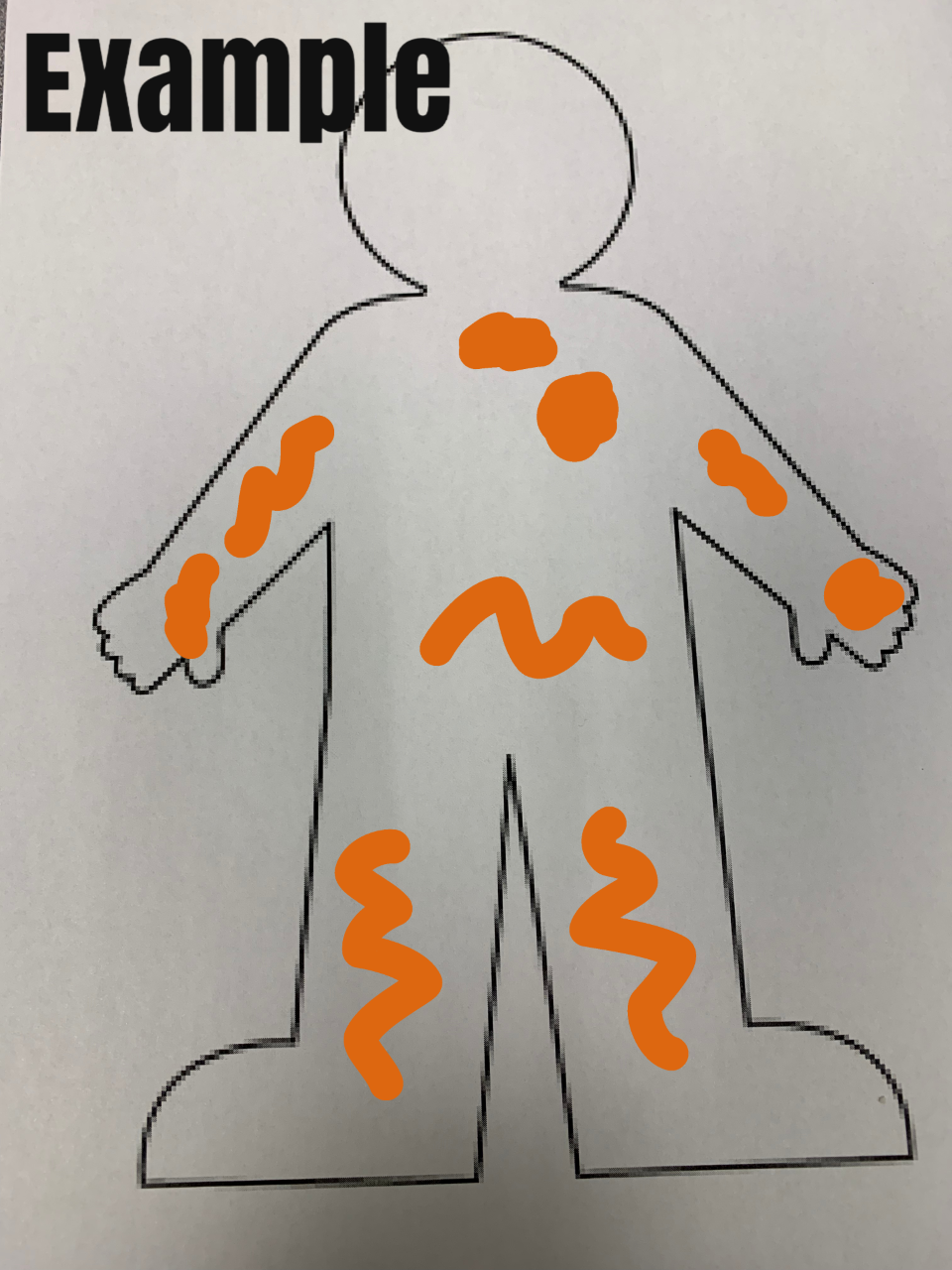Written by Sarah Anderson.
This post was written to contribute to the topic of Motherhood for the What Lola Likes blog by Sarah Anderson. All facts, opinions, and professional tips are Sarah’s.
Helping our children learn how to self-regulate is challenging. There are many different approaches I use in practice, my favorite being NICE.
N= Notice the signs
I= Identify the stress
C= Calm your child
E= Engage with your child
I created this approach because I needed something easy for parents and children to remember! This approach is meant to provide you with guidance, and allow for flexibility. When your child is having a meltdown, they no longer have access to their prefrontal cortex. The prefrontal cortex allows us to rationalize, make decisions, and moderate social behavior. During a meltdown, your child is stuck in what is known as the ‘emotional brain’, also called the limbic system. The best thing you can do for your child is to co-regulate with them. This will look different for every child. My daughter co-regulates best by being held, walked around, sung too, and snuggled with a soft blanket (all at the same time). After your child is calmed, and in a regulated state, you can then reflect on what happened.
As your child gets older they will start to be able to independently regulate if provided with the necessary tools. Self-regulation is a skill, and does not naturally develop on its own. As mentioned in my previous post, one of the best ways to help improve your child’s ability to emotionally regulate and self-regulate is to increase their interoceptive awareness.
Here is one method I use in my clinical practice, and will eventually use with my daughter!
I call this approach: IDENTIFY—LINK—REGULATE
There are three phases to this method: 1) improving body awareness, 2) increasing emotional awareness, and 3) teaching what calms/how to calm/when to calm. I like to think of the three phases as: Identify—Link—Regulate.
Identify:
During the identify phase, I help children increase their awareness as to what is going on within their body. I will first have them draw an outline of a body (or do it myself if they are unable to). Next, I will ask them a question related to an emotion. For example, “I want you to think of how you feel on the first day of school. Using the picture of the outlined body, point or draw an ‘x’ on the body parts you feel this feeling most.” After this step, I will have them explain what it is they are feeling. I often will have to prompt them. Here are examples of what types of questions I would ask and how I would prompt if they needed it.
How do your arms and legs feel? Do your arms and legs feel like noodles?
Do they feel stiff like a tree trunk?
Do your hands feel hot or cold?
Are your hands sweaty or dry?
Is your heart beating fast like it is running?
Is your heart beating slow like a turtle?
Does your stomach feel like knots or like a roller coaster?
Does your chest feel light like a feather?
Does your chest feel heavy, like someone is sitting on it?

If your child does not requires as much prompting, you can always ask them more open-ended questions.
Link:
After your have completed the identify phase, have a poster or printable of various emotions available for your child (you want a large variety). Have your child place a post-it note on top of the emotion they think they are talking about. If you believe they chose the wrong emotion, take it as an opportunity to discuss the emotion. You can say something like, “Oh I see that you chose sad. What do you think sad feels like inside your body?” “How do you know if someone is sad?” “Can mommy draw a picture of what sad feels like inside her body?” And then see if your child recognizes that maybe they are thinking about a different emotion. You could even ask them what types of things make them feel the emotion they were thinking about in phase one. Be careful of telling your child they are wrong when discussing emotions. Everyone experiences emotions differently. It’s important to make children feel secure, comfortable, and validated when talking about emotions. Additionally, try not to label emotions as ‘good’ or ‘bad’. We don’t want children to feel shameful about having certain emotions. It’s important they understand that it is okay to feel angry, frustrated, sad, jealous, ect. The end goal is to help them understand how to manage these emotions and self-regulate when needed.
Regulate:
During the regulate phase, you and your child will talk about different things that could help them feel better when they are feeling whatever emotion they identified in phase one and two. They could draw pictures, or take pictures, with your phone of the various things that would help calm them. If they are unable to do this on their own feel free to help them! If they take pictures, print them out and make a booklet, so they can review them overtime. Eventually, your child will be able to go to the booklet and either point to what they need during a meltdown, or grab the item independently. I’ve also known some parents who have made calm buckets (I encourage you to think about using positive language versus negative. Instead of calling it a meltdown bucket, consider using the term calm bucket). The goal of this concept is very similar to the booklet. It is meant to make access easier to items that will help regulate your child during times of distress. At first, you will have to co-regulate and use the items with your child to help calm them. Over time, they will be able to use these items independently to self-regulate. This won’t happen overnight, but I have worked with many families who have made this level of progress.
There are countless ways to improve your child’s interocpetive awareness. This is just one example! Please visit my site or instagram page for more ideas! I have a variety of videos accessible that go over the topics of interoceptive awareness, emotional regulation, and self-regulation.
Side Notes and Reminders for Parents
Look for Stress Cues and Patterns
Keep mental notes on how your child looks and acts when they are over or under-stimulated. Do they start to become more aroused or tired. Some children become hyper when they are over-stimulated, whereas others shutdown. These different reactions are due to biological as well as environmental influences on our nervous system. Pay attention to facial and verbal cues, as well as body language for indicators that your child is becoming stressed.
Shift your Mindset
You must shift from a behavior mindset of ‘control and correct’ to a connect/understand/co-regulate mindset. This is not always easy, so give yourself time and grace during this transition!
Have Patience
Self-regulation takes time and you will not see progress overnight. However, you will see big improvements in your child’s behavior over time! The major areas you will notice improvement include impulse control, self-awareness, communication, problem solving, and emotional/self-regulation.
Be Mindful of the Language you Use
Use language that your child will understand in the moment. Even if your child is brilliant, when they are upset they will drop cognitive levels in regard to logical reasoning. This is why helping your child to regulate through co-regulation strategies is so important. Rubbing your child’s back in a dark room, with minimal to no stimulation, and saying things like “I love you” is very calming. Once your child is calm you can then engage in a logical discussion.
It’s Never to Early and It’s never too Late
Newborns and infants can greatly benefit from early implementation of co-regulation strategies. However, no matter the age of your child, it is never too late to start implementing co-regulation and self-regulation strategies.

SARAH ANDERSON
Dr. Sarah Anderson, OTD, OTR/L, is a pediatric & mental health occupational therapist, faculty member at Midwestern University, founder and owner of The Tranquil Mama, and most importantly, mama to her baby girl Penelope. She has extensive experience working with children and their families in the areas of attachment, emotional literacy, emotional regulation, self-regulation, and stress-management. Dr. Anderson, OTD, presents on the topics of emotional regulation and self-regulation in relation to childhood trauma locally as well as nationally.
